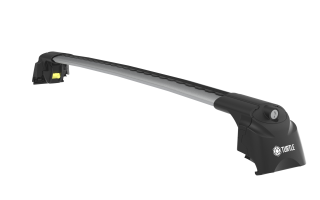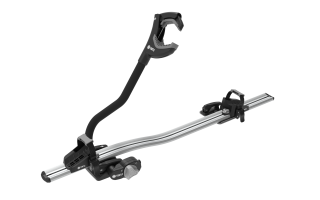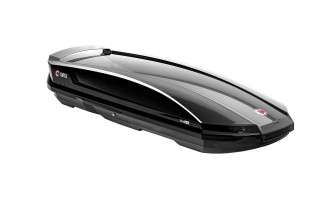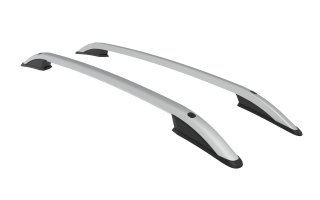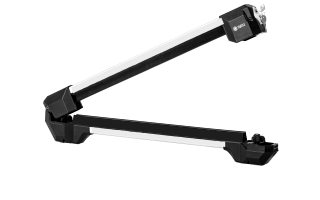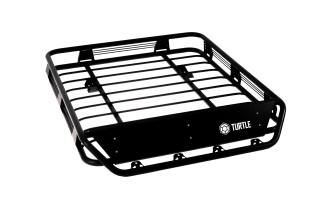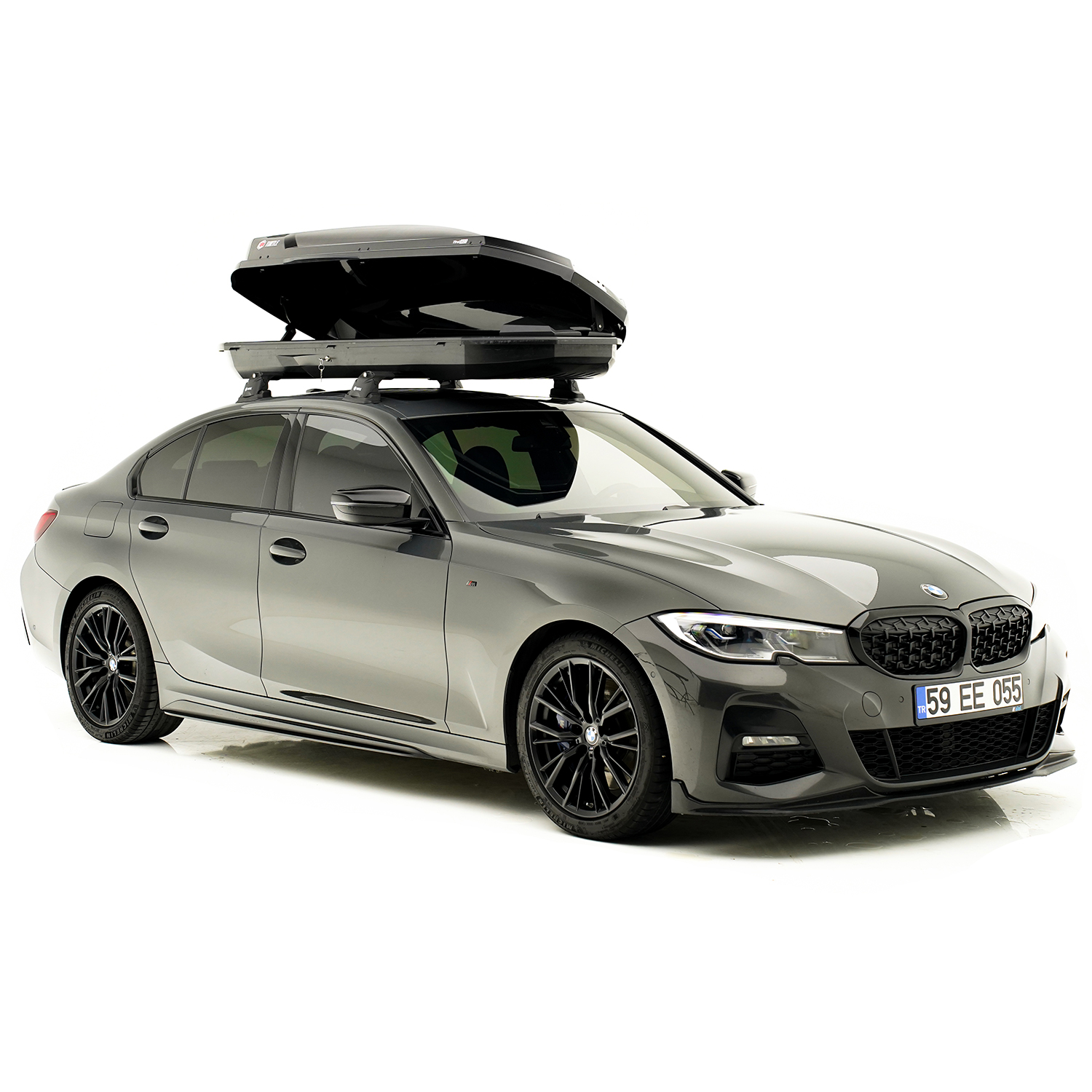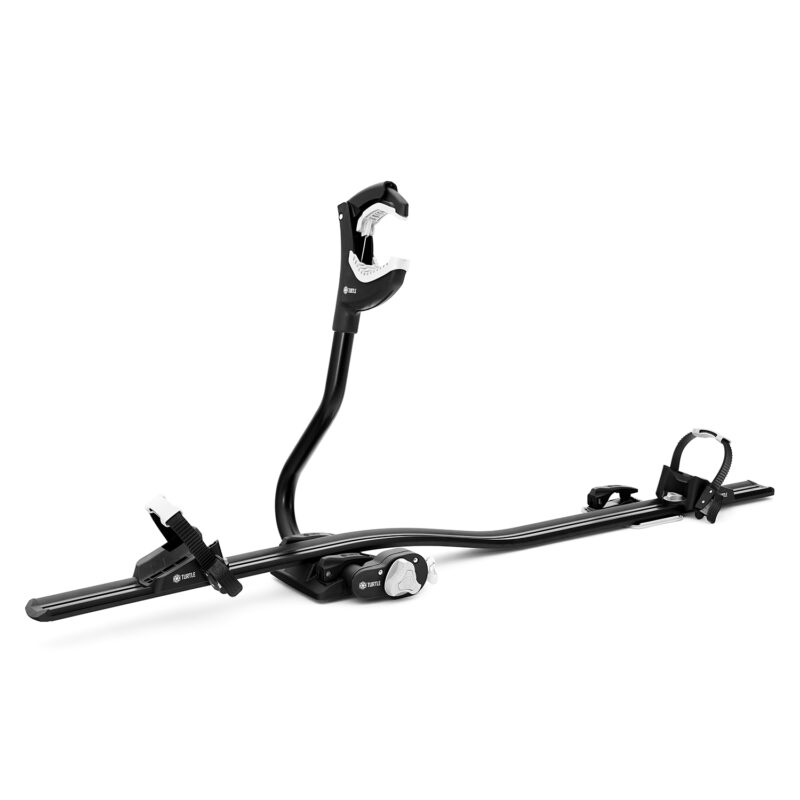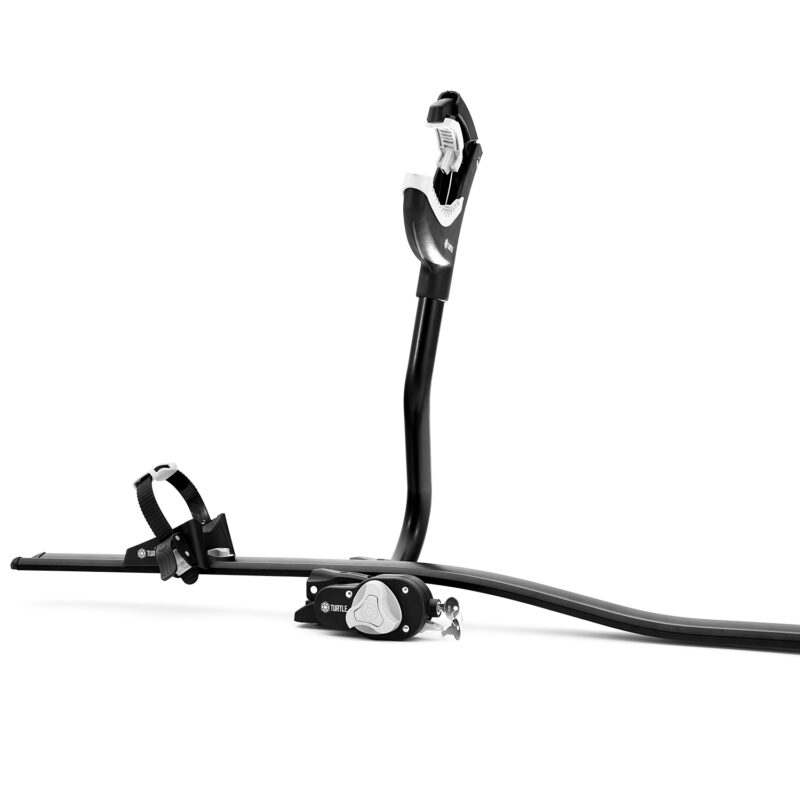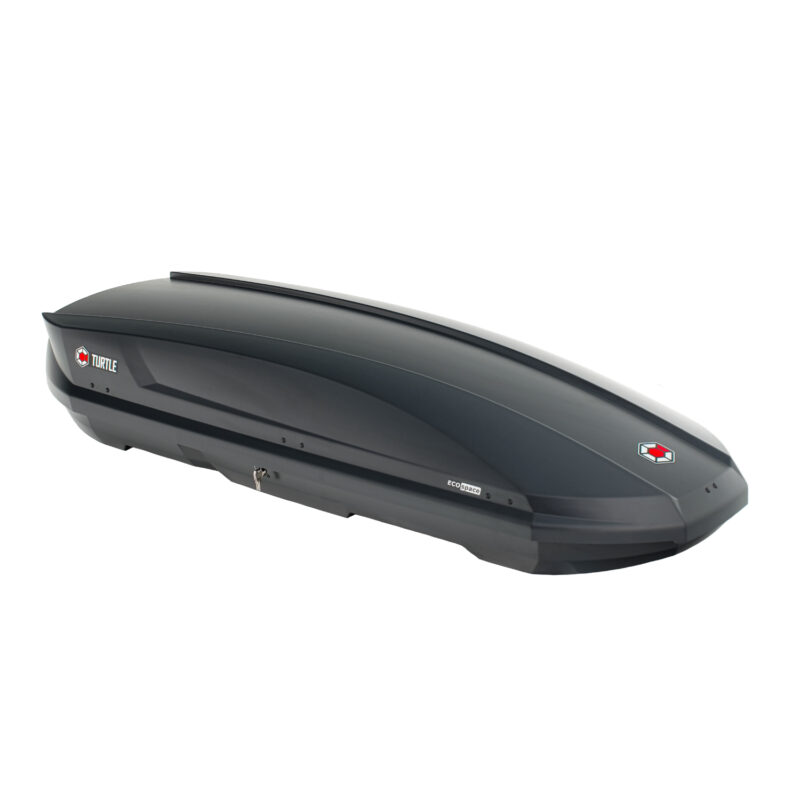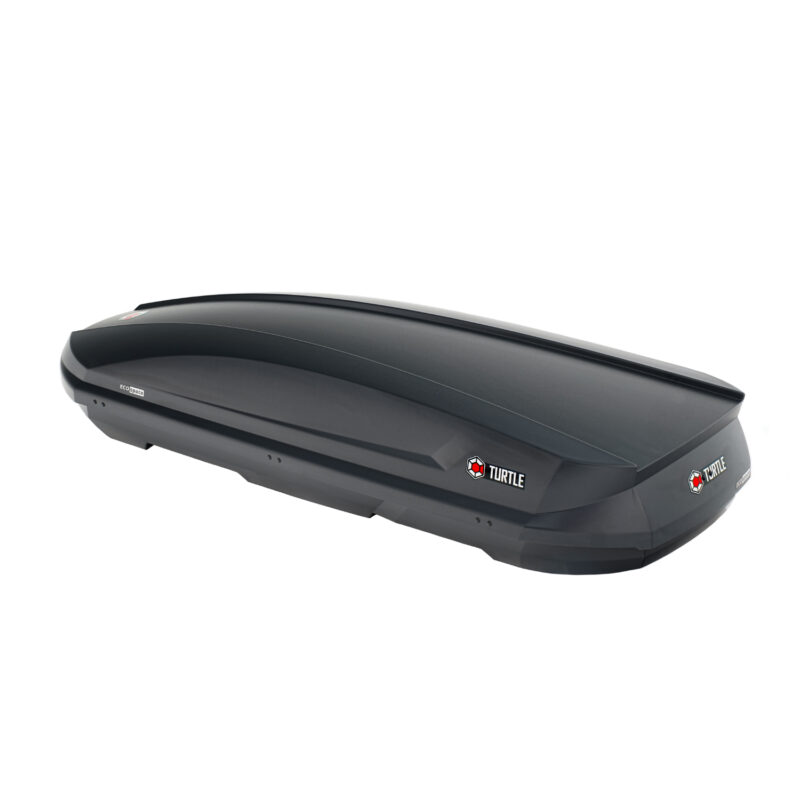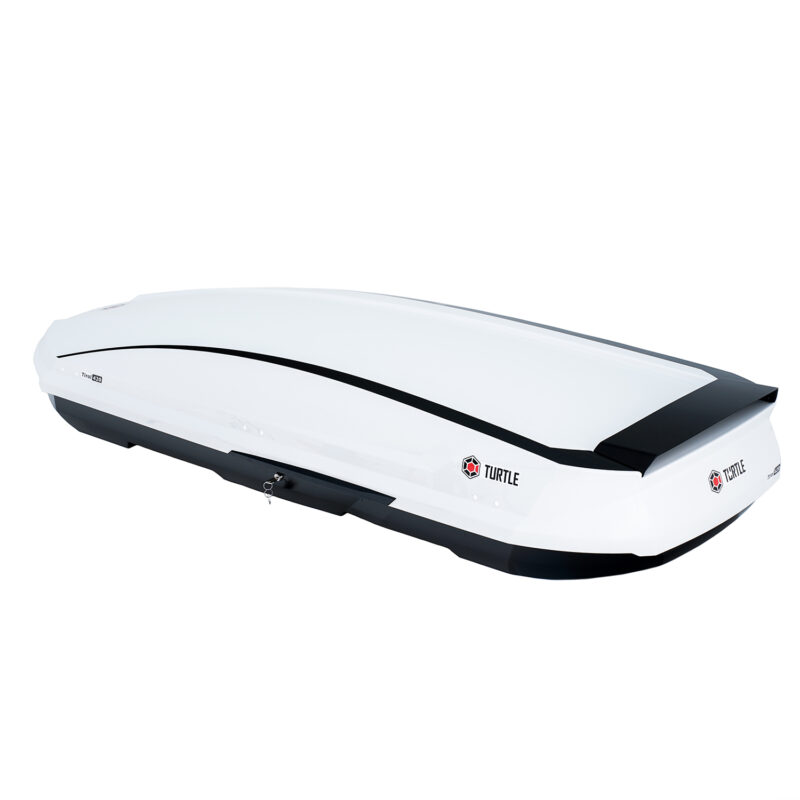Can I travel safely with a roof box?
Certainly, you can travel safely with a roof box. Roof boxes on vehicles are highly useful and secure spaces for carrying extra luggage during travels. However, to ensure safe usage of the roof box, it is essential to take the following precautions:
1. Properly load your items: Place your items in the roof box in a balanced and organized manner. Put heavy and large items at the bottom and lighter, fragile items on top. This will help maintain the vehicle’s balance and avoid stability issues while driving.
2. Check the attachments: Ensure that the roof box’s fastenings and straps are securely tightened. If necessary, tighten the connections and fix any loose points.
3. Inspect the cover and locks: Verify that the roof box’s cover is properly closed and the lock is secure. This ensures that your items won’t fall out during the journey and are safely held in place.
4. Adhere to speed limits: It is important to comply with speed limits while traveling with a roof box. Higher speeds can increase the impact of the roof box’s items on the vehicle and jeopardize safety.
5. Perform regular checks: Before and during long journeys, periodically inspect your roof box and items. Rectify any missing parts or issues that you may encounter.
By taking these precautions, you can use your roof box safely and comfortably transport your extra items throughout your journey.

How to mount a roof box on a vehicle?
A roof box is a highly useful equipment used to carry extra luggage on vehicles. Mounting a roof box on many vehicles is a straightforward and quick process. Below are typical steps for mounting a roof box on a vehicle:
1. Check compatibility: First and foremost, verify whether the roof box you plan to use is compatible with your vehicle. Choose a product that fits your car model and is within the weight limit specified by the manufacturer.
2. Unpack the roof box: Open the packaging of the roof box and inspect all its components. Read the assembly instructions carefully and proceed accordingly.
3. Determine the placement: Select a suitable location on your vehicle’s roof to mount the roof box. Determine the correct position where the roof box will sit on the roof rails or crossbars.
4. Place it on the crossbars: Many roof boxes come with adjustable arms and rails on the bottom. Adjust these arms and rails to fit properly on your vehicle’s crossbars.
5. Secure the roof box: Once the adjustable arms and rails are properly positioned, place the roof box on the crossbars of your vehicle’s roof. Tighten the arms or screws firmly to secure the roof box in place.
6. Check the installation: After completing the mounting process, make sure the roof box is correctly and securely attached to your vehicle. Ensure that the roof box is properly aligned and fitted. Additionally, be mindful not to exceed the load capacity specified by the manufacturer.
7. Load your items: After successfully mounting the roof box, you can load your extra items securely into it. Place and fasten large and heavy items evenly to distribute the weight and maintain stability.
Roof box installation should typically follow the manufacturer’s instructions. By following these steps, you can properly and safely mount a roof box on your vehicle, allowing you to carry extra loads securely. If you encounter any issues during installation, be sure to carefully review the vehicle’s manual or the roof box’s specific instructions, or seek assistance from a professional.

How does a roof box affect fuel consumption? How much noise does it generate?
The impact of a roof box on fuel consumption and vehicle noise levels can vary based on factors such as the size and shape of the roof box, the weight of the load, and the vehicle’s speed. Here are some important points to consider:
1. Fuel Consumption: A roof box can alter the vehicle’s aerodynamics, resulting in increased air resistance. This added drag increases the demand on the engine to produce more power, leading to higher fuel consumption. The effect becomes more noticeable at higher speeds and during long-distance travels. Additionally, carrying heavy loads in the roof box can impact the vehicle’s weight distribution and further affect fuel economy.
2. Noise Levels: A roof box can change the vehicle’s aerodynamic profile, potentially contributing to wind noise and increased noise levels inside the vehicle. However, modern roof boxes are designed with improved aerodynamics and noise reduction features, mitigating the impact on noise levels.
Important Note: Research and testing have shown that the impact of air resistance and noise levels due to a roof box can vary between 5% to 25%, depending on the size and shape of the roof box. However, these figures may vary based on other factors, such as the vehicle’s make, model, and engine power.
To use your roof box efficiently and minimize noise and fuel consumption, consider the following measures:
– Avoid carrying unnecessary items in the roof box.
– Select a roof box with a low-profile, aerodynamic design to minimize air resistance and noise.
– When possible, remove the roof box when it’s not in use to reduce its impact on fuel consumption.
– Be mindful of your driving speed, as higher speeds increase air resistance and fuel consumption.
In conclusion, the impact of a roof box on fuel consumption and noise levels depends on several factors. Responsible usage, efficient loading, and regular maintenance can help minimize the negative effects and ensure a safer and more enjoyable journey.


